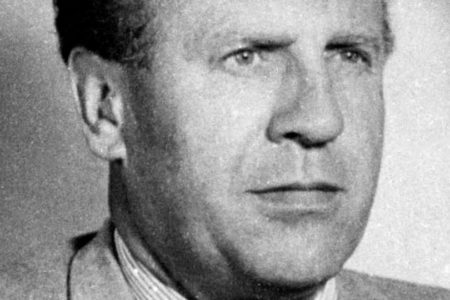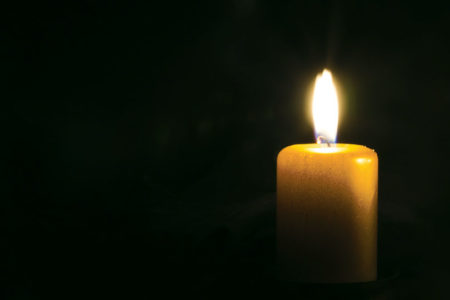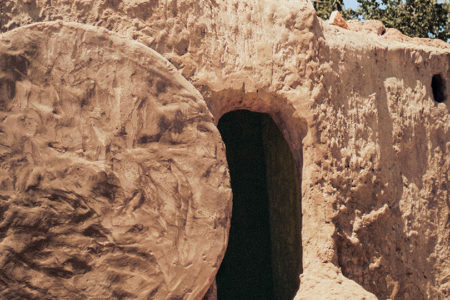How Yad Vashem Helps Reunite Families
The flames of the Holocaust destroyed millions of Jewish families. When World War II ended, those who managed to survive had no idea who was living and who was dead. Sometimes it took years before information surfaced. Sometimes it took decades, and sometimes survivors died without ever learning what happened to their loved ones.
The Shoah Victims’ Names Recovery Project at Yad Vashem seeks to help Holocaust victims learn the fate of their love ones and friends.
Since uploading its massive database to its website (yadvashem.org) in 2004, the project has found and recorded 4.5 million names of Holocaust victims and helped hundreds of families to reunite. Recently, I spoke with Debbie Berman, project coordinator for the Shoah Victims’ Names Recovery Project. She shared with me the story of an emotional reunion that occurred in March 2015 at Yad Vashem as a result of the project.
Tatiana Zuckerman, a Jewish woman from Russia, had traveled to Jerusalem to attend a seminar at Yad Vashem’s International School for Holocaust Studies. During a session break, she decided to walk to the library to check for information about her family.
Apart from her mother, she knew of no other family members who survived the Shoah. Her mother was a survivor of the Minsk Ghetto in the Nazi-occupied part of the Soviet Union and the Auschwitz death camp in Poland.
As Tatiana searched through Yad Vashem’s database of names, the unexpected happened. She found what Yad Vashem calls a “Page of Testimony.” It commemorated Tzeril Milenki, her grandmother, who was killed in the Holocaust. It was submitted in 2011 by Shalhevet Ziv, a resident of Israel.
Yad Vashem staff members immediately started a challenging investigation to help Tatiana find Shalhevet Ziv. Within a few hours, they had succeeded. Shalhevet turned out to be Tatiania’s cousin, Tzeril’s grandniece.
The next morning, the two women met on Mount Herzl, “the Mount of Remembrance,” near Yad Vashem. They talked for hours. However, the joy of the occasion was tempered when Shalhevet told Tatiana how her grandmother was killed: She and many other Jewish people were burned alive by the Nazis in the synagogue in Rakov, Minsk.
Some would like to think this reunion was merely a coincidence. But with the God of Israel, there are no such things:
Remember the former things of old, for I am God, and there is no other; I am God, and there is none like Me, declaring the end from the beginning, and from ancient times things that are not yet done, saying, “My counsel shall stand, and I will do all My pleasure” (Isa. 46:9–10).
After meeting her newfound cousin, Shalhevet decided to do more research on her family tree; and Tatiana returned to Russia with more than academic knowledge from the seminar: She left knowing she now had family in Israel.
God tells the Jewish people in the book of Jeremiah, “I know the thoughts that I think toward you, says the LORD, thoughts of peace and not of evil, to give you a future and a hope” (Jer. 29:11).
A future and a hope is what blessing is all about. This story is merely one of many that shows the types of blessings that occur because of Yad Vashem.







